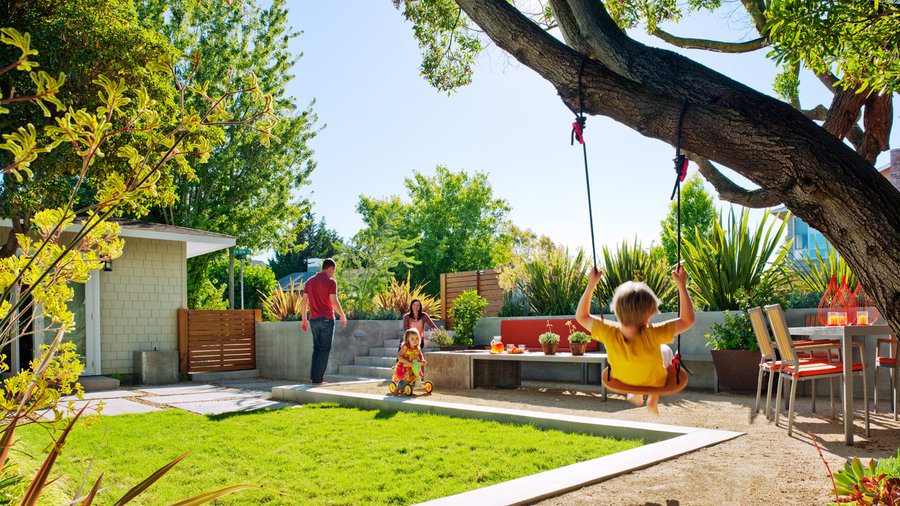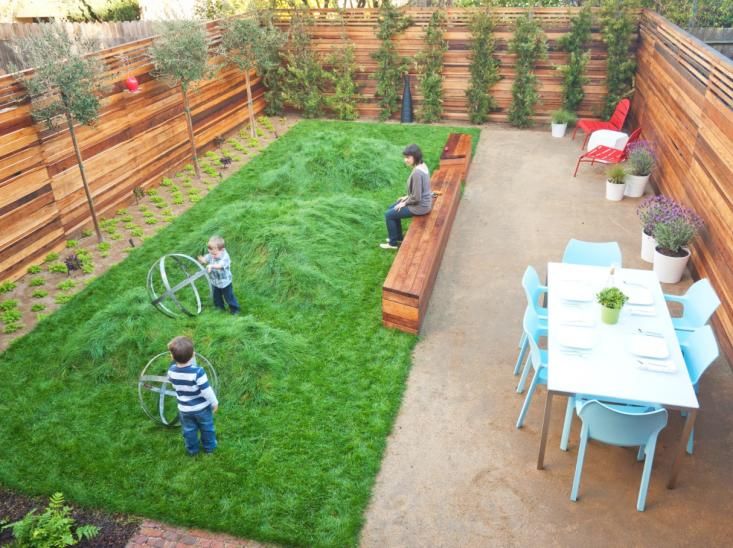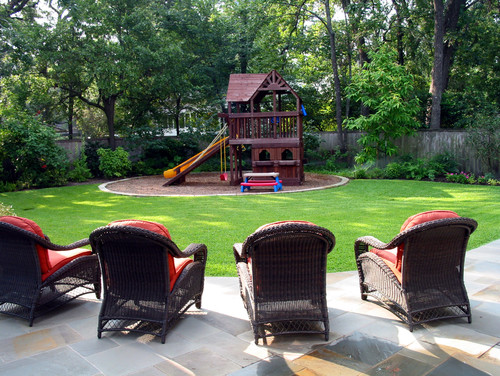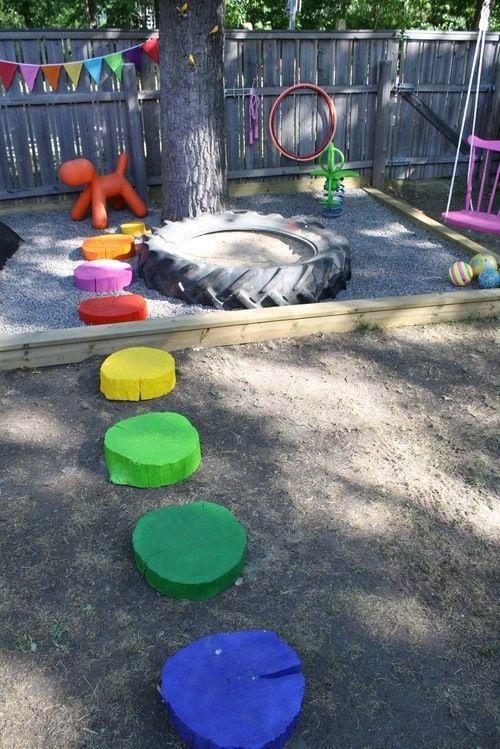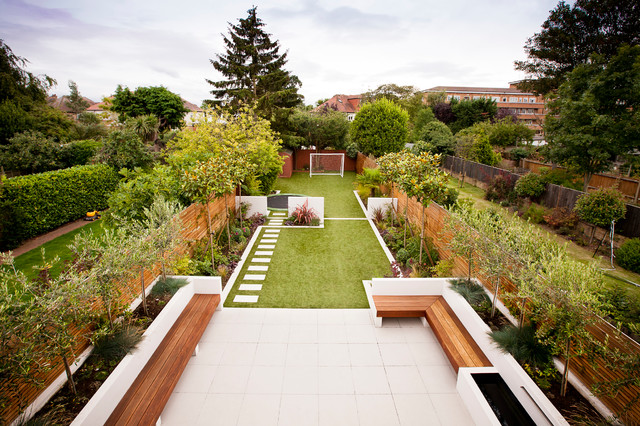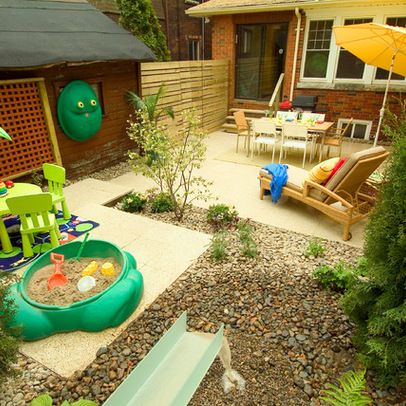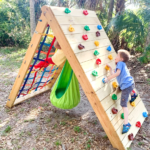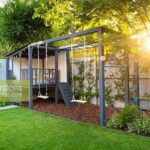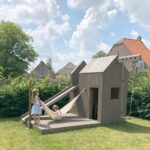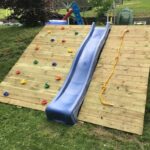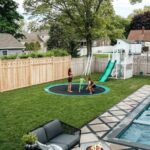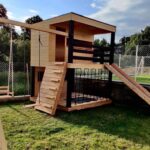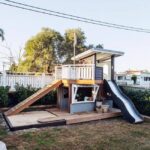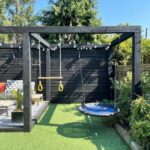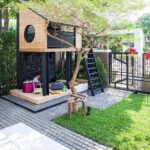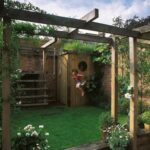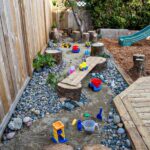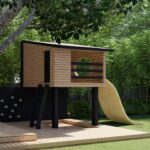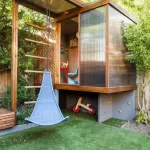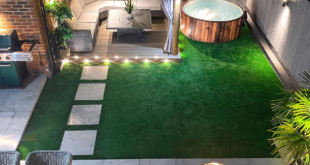When it comes to designing a backyard for kids, there are many factors to consider in order to create a space that is enjoyable, safe, and stimulating for children of all ages. From providing ample space for play and exploration to incorporating educational and sensory elements, there are endless possibilities for creating a backyard that will keep kids entertained and engaged for hours on end.
One important aspect to consider when designing a backyard for kids is the layout and organization of the space. It is important to provide areas for both active play and quiet activities, as well as designated spaces for different types of play such as imaginative play, climbing, and sensory experiences. A good way to achieve this is by dividing the backyard into different “zones” that cater to different activities, such as a play area with swings and a sandbox, a climbing structure or treehouse, and a quiet reading nook or art area.
Incorporating natural elements such as plants, trees, and water features can also enhance the backyard design for kids. Natural elements not only provide opportunities for sensory experiences such as touching and smelling different textures and scents, but they also create a more visually appealing and engaging environment for children to explore. Planting a variety of flowers, herbs, and vegetables can also provide opportunities for kids to learn about nature, gardening, and sustainability.
Another important consideration when designing a backyard for kids is safety. It is crucial to ensure that all play structures and equipment are age-appropriate, securely anchored to the ground, and regularly inspected and maintained. Installing soft surfacing materials such as rubber mulch or sand underneath play structures can help prevent injuries from falls, and providing adequate shade and hydration stations can help keep kids comfortable and protected from the sun.
In addition to providing opportunities for physical activity and sensory experiences, it is also important to include educational elements in the backyard design for kids. Setting up a small vegetable garden, a bird feeder, or a butterfly garden can provide opportunities for kids to learn about nature, biology, and the environment. Creating a space for art and creativity, such as a chalkboard wall or outdoor art easel, can also inspire kids to express themselves and engage in creative play.
Overall, designing a backyard for kids requires careful consideration of the layout, organization, safety, and educational elements of the space. By creating a backyard that is engaging, stimulating, and safe for children, parents can help foster a love of outdoor play and exploration that will benefit kids for years to come. Whether it’s climbing a tree, digging in the dirt, or painting a masterpiece, a well-designed backyard can provide endless opportunities for kids to learn, grow, and have fun in the great outdoors.
 innstyled backyard design ideas
innstyled backyard design ideas
